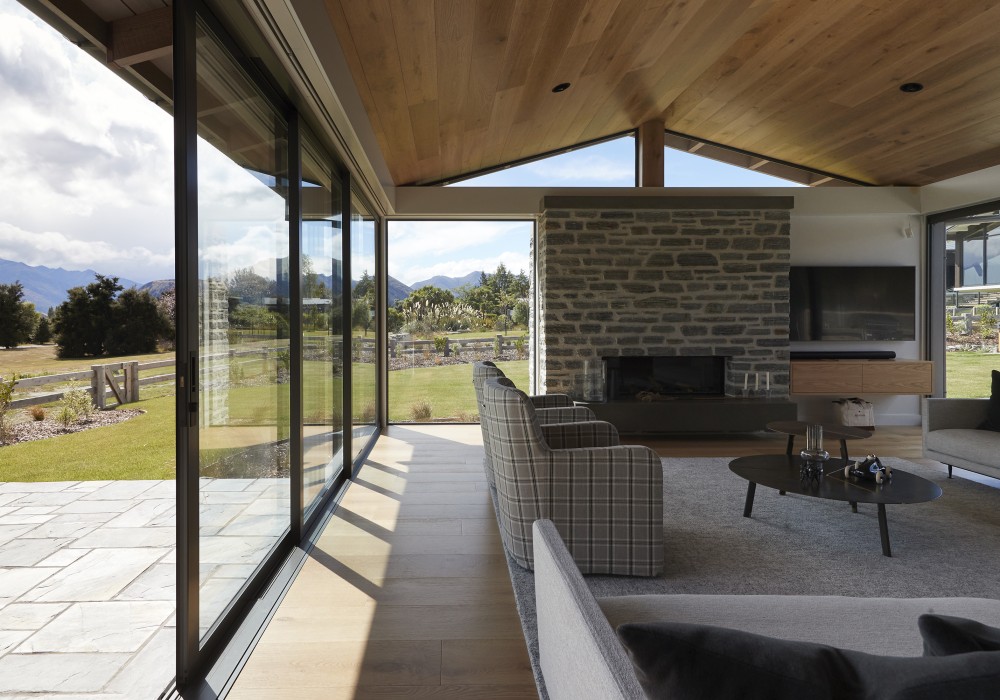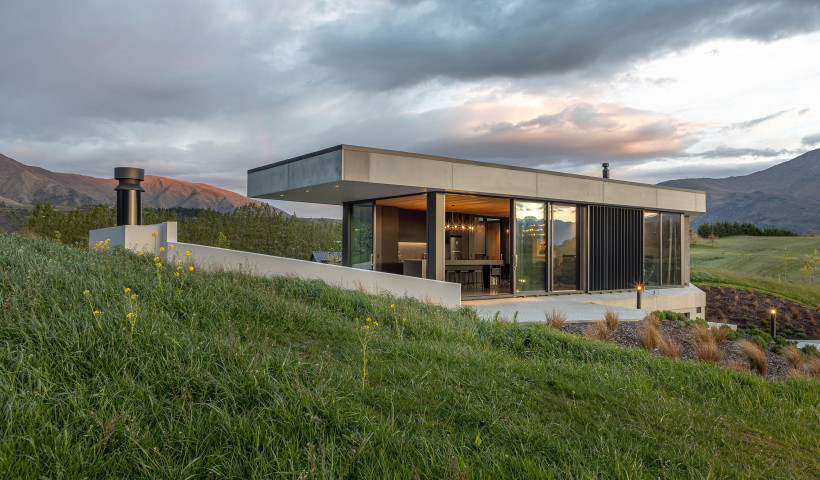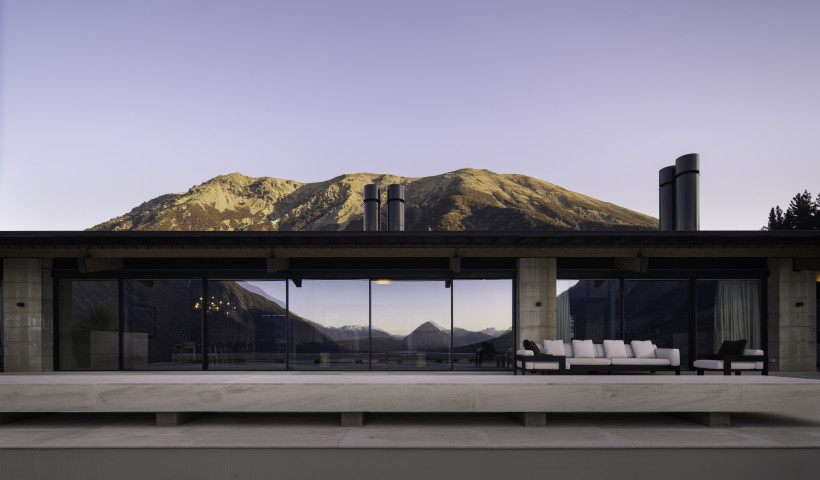
The home was designed by Brendan Gordon Architecture for the Muntendam family, who wanted to exploit the solar energy potential of their sun-drenched location on a ridge near Te Puke. Key considerations in the design brief included solar energy measures specified by engineer Gerben Muntendam, a director for Solar Corp NZ Ltd.
Built by Shaw Builders Ltd of Mt. Maunganui, it was clad in profiled steel, white plaster and cedar board, and won the Bay of Plenty Central Plateau Registered Master Builders Supreme Award and the National Sustainable Home Award in the House of the Year competition.
Two banks of vacuum tube solar water heaters were installed on the home's roof to provide adequate domestic hot water and under floor heating, as well as contributing to a seasonal thermal energy store (STES) – a large, well insulated concrete water tank that accumulates heat for use in winter months.
Muntendam said that the choice of thermally broken windows and doors was an essential part of the conservation focus. "When we set out to design a house that was heated almost entirely by free solar energy, minimising heat loss was always at the forefront of design," says Muntendam.
A smart electronic controller distributes the solar heated water to various destinations (hot water cylinder, room heaters, underfloor heating, and STES) based on a network of temperature sensors. The only owner intervention is to finetune temperature thresholds for the floor heating.
A DDG central heating fireplace with integral boiler was also installed to supplement underfloor heating and provide radiator bedroom heating if required.
The Metro Series Thermal Heart range, supplied by Altherm manufacturer Alitech Window Systems, included sliding doors, sliding windows and bi-folding windows.
Metro Series Thermal Heart sliding doors move on an internal track with a fixed sidelight. The stacker slider frame has two thermal breaks rather than the usual single break to ensure thermal separation is maintained across the full frame depth.













 New Products
New Products



















 Popular Products from ALTHERM Window Systems
Popular Products from ALTHERM Window Systems


 Most Popular
Most Popular


 Popular Blog Posts
Popular Blog Posts
